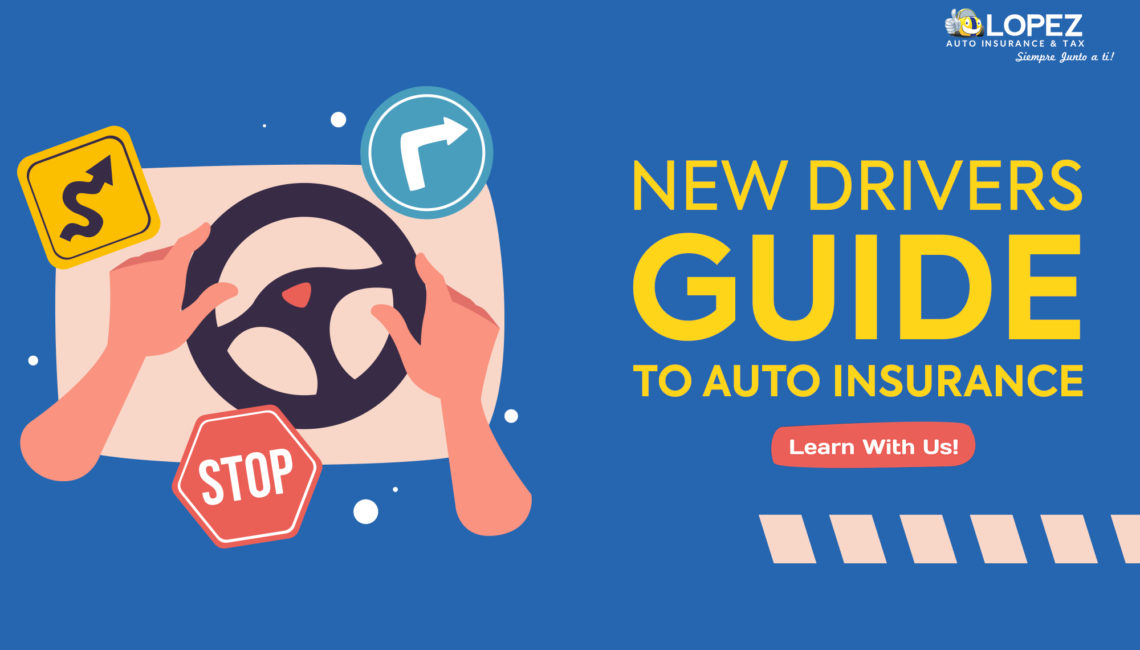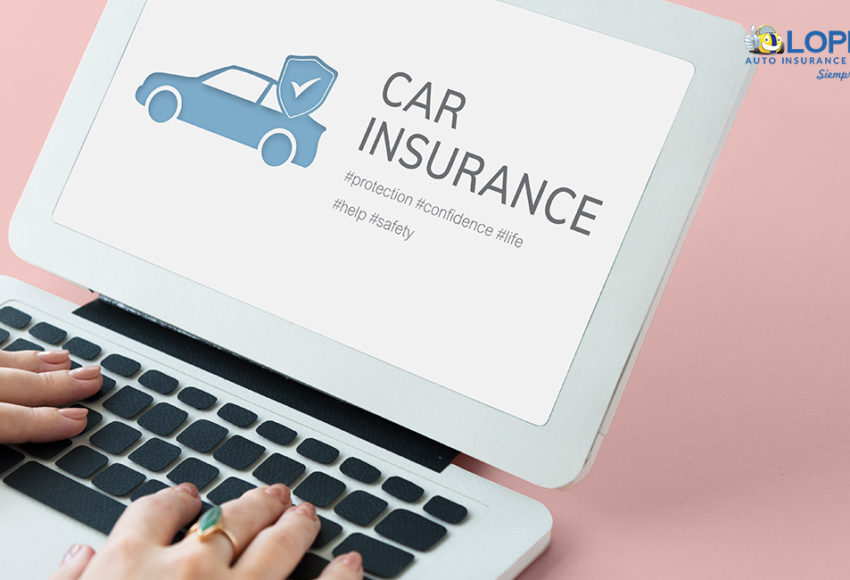Table of Contents
Start your journey into the world of auto insurance with Lopez Auto Insurance. Whether you’re a licensed new driver or about to hit the road for the first time, understanding auto insurance is crucial for your safety and financial security. As a new driver, you’re entering a world of excitement and responsibility. Auto insurance isn’t just a legal requirement; it’s your safety net. Let’s dive in and explore why it’s essential for new drivers like you.
Understanding Auto Insurance Basics

What is auto insurance?
Auto insurance is more than just a piece of paper or a monthly expense. It’s your shield against unexpected events on the road, providing financial protection for you, your vehicle, and others involved in accidents.
Why Do You Need Auto Insurance as a New Driver?
You’re still learning the ropes and building self-confidence as a new driver. Auto insurance offers peace of mind by covering potential damages, injuries, and liabilities that may arise while you gain experience on the road.
Types of Auto Insurance Coverage
From liability insurance to comprehensive coverage, there are various types of auto insurance policies to consider. Each offers different levels of protection, so understanding your options is key to finding the right coverage for your needs.
Factors Affecting Auto Insurance Rates

Age and Driving Experience
New drivers often face higher insurance rates due to their lack of experience behind the wheel. However, as you gain more knowledge and maintain a clean driving record, you can qualify for lower premiums.
Vehicle Type and Model
The type of vehicle you drive can significantly impact your insurance rates. Sports and luxury vehicles may have higher premiums due to higher repair costs and theft rates.
Driving Record and Claims History
Your driving record is a reflection of your behavior on the road. Accidents, tickets, and claims can increase your insurance rates, so practicing safe driving habits is essential for keeping your premiums affordable.
Location and Zip Code
Your location also plays a role in determining your insurance rates. Urban areas with higher traffic congestion and crime rates may have higher premiums than rural areas with fewer incidents.
Choosing the Right Auto Insurance Policy
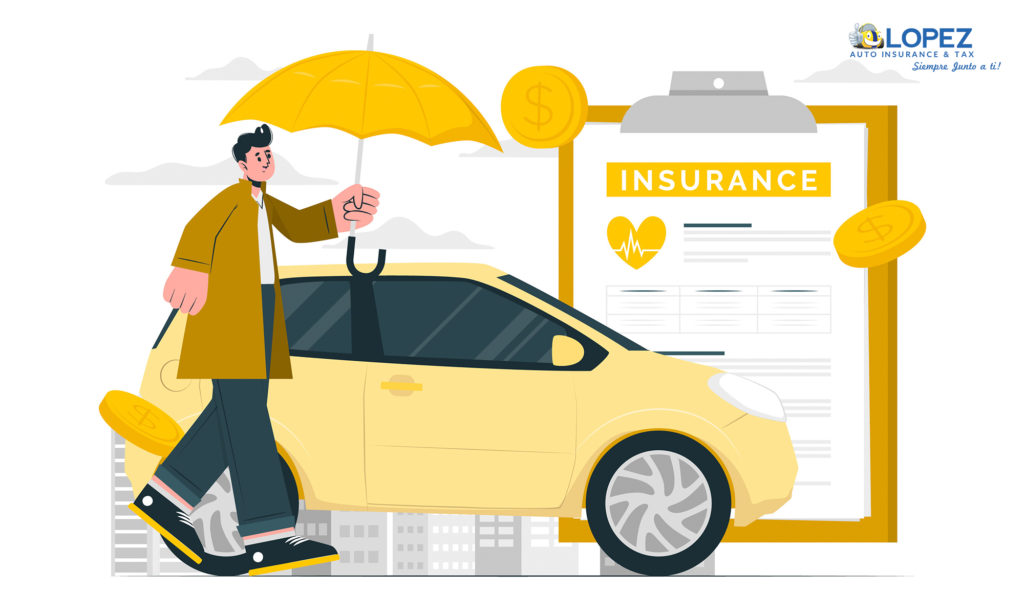
Assessing Your Coverage Needs
Before selecting an auto insurance policy, take some time to assess your coverage needs. Consider factors such as your budget, driving habits, and the value of your vehicle to determine the appropriate level of coverage.
Understanding Policy Limits and Deductibles
Policy limits and deductibles are critical components of your auto insurance policy. Policy limits determine the maximum amount your insurer will pay for covered claims, while deductibles are the out-of-pocket expenses you must pay before coverage.
Comparing Quotes from Different Insurance Providers
Don’t settle for the first insurance quote you receive. Shop around and compare quotes from multiple providers to ensure you get the best coverage at the most competitive price.
Exploring Coverage Options for New Drivers
- Liability Insurance: Liability insurance is the foundation of any auto insurance policy, covering damages and injuries you may cause to others in an accident.
- Collision Coverage: Collision coverage helps pay for damages to your vehicle in case of a collision with another vehicle or object, regardless of fault.
- Comprehensive Coverage: Comprehensive coverage protects your vehicle from non-collision-related incidents, such as theft, vandalism, and natural disasters.
- Uninsured/Underinsured Motorist Coverage: Uninsured/underinsured motorist coverage protects if you’re involved in an accident with a driver without sufficient insurance coverage.
- Personal Injury Protection (PIP): PIP coverage helps cover medical expenses and lost wages for you and your passengers, regardless of who is at fault in an accident.
- Roadside assistance: If you become stranded on the side of the road, this kind of coverage covers tows and other services. Having this coverage in case you require a tow is a good idea.
- Rental car reimbursement: This type of coverage pays for a rental car while your vehicle is being repaired after an accident. This coverage is good if you don’t have another vehicle to drive while yours is being repaired.
- Towing and labor coverage: This type of coverage pays for towing and labor costs if your vehicle is disabled. It’s a good idea to have this coverage if you ever need a tow.
Tips for Saving Money on Auto Insurance
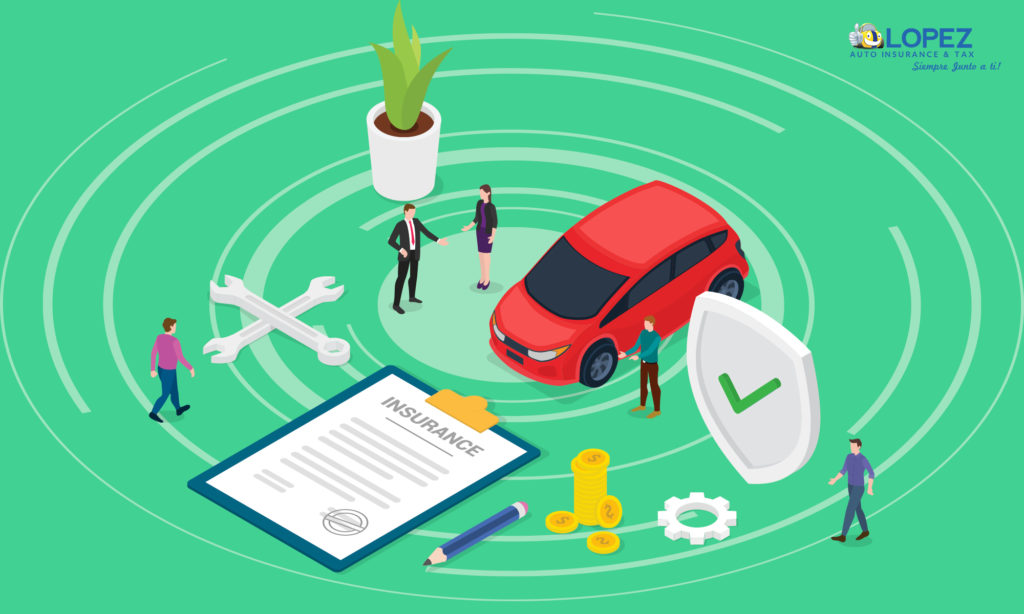
- Taking Advantage of Discounts:
Many insurance companies offer various discounts to help you save money on your premiums. Standard discounts include safe driver discounts, multi-policy discounts, and student discounts for young drivers.
- Bundling Policies:
Consider bundling your auto insurance policy with other insurance products, such as home or renter’s insurance, to qualify for a multi-policy discount.
- Improving Your Driving Record:
Maintaining a clean driving record is one of the most effective ways to lower insurance rates. Practice safe driving habits, avoid accidents and traffic violations, and consider completing a defensive driving course to demonstrate your commitment to safe driving.
Navigating the Claims Process

- What to Do After an Accident:
In the event of an accident, prioritize your safety and the safety of others involved. Exchange information with other parties, document the scene, and notify your insurance company immediately.
- Filing an Insurance Claim:
When filing an insurance claim, provide your insurer with accurate and detailed information about the accident, including photos, witness statements, and a copy of the police report, if available. You can process a claim at Lopez Auto Insurance. It’s easy to fill and gets the work done with finesse.
- Working with Claims Adjusters:
Claims adjusters are responsible for investigating and evaluating insurance claims. Be cooperative and provide any requested documentation to expedite the claim process and ensure a fair resolution.
Understanding Auto Insurance Jargon
- Standard Terms and Definitions Explained: Auto insurance terminology can confuse new drivers. This section will demystify standard terms and definitions to help you better understand your auto insurance policy.
- Premium: The amount you pay for your auto insurance coverage, typically monthly or annual.
- Deductible: The out-of-pocket expense you must pay before your insurance coverage kicks in to cover damages or losses.
- Limits: The maximum amount your insurance company will pay for covered claims under your policy.
- Coverage Types: Different types of coverage are included in your auto insurance policy, such as liability, collision, and comprehensive coverage.
- Underwriting: The process by which insurance companies assess risk and determine the cost of your insurance policy.
- Endorsement: An amendment or addition to your insurance policy that modifies or expands coverage.
- Exclusion: Specific situations or conditions not covered by your insurance policy.
- Claim: A request for coverage submitted to your insurance company after an accident or loss.
- Premiums: The periodic payments made to the insurance company in exchange for coverage.
- Renewal: Extending or continuing your insurance policy for another term, typically after the initial policy period expires.
Additional Resources for New Drivers
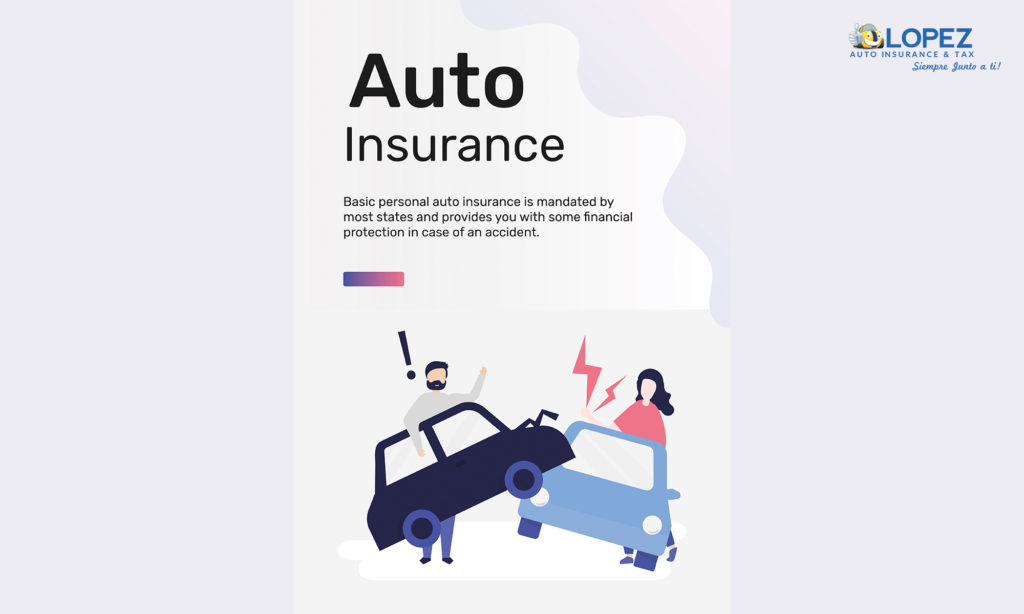
- Online Tools and Calculators:
Take advantage of online tools and calculators to simplify the insurance shopping process. Use insurance premium calculators to estimate your potential premiums based on age, location, and vehicle type. Comparison tools can help you compare quotes from multiple insurance providers to find the best coverage at the most competitive price.
- Educational Materials and Guides:
Knowledge is power when it comes to auto insurance. Access educational materials and guides to learn about auto insurance basics, coverage options, and state-specific requirements for new drivers. Look for reputable sources, such as government websites, insurance industry publications, and consumer advocacy organizations, to ensure you’re getting accurate and reliable information.
Conclusion
Throughout the New Drivers’ Guide to Auto Insurance, we’ve covered essential topics to help you navigate the complexities of auto insurance as a new driver. From understanding the basics of auto insurance to exploring coverage options and saving money on premiums, we’ve provided valuable insights and practical tips to guide you on your journey.
As you embark on your journey behind the wheel, remember that auto insurance is more than a legal requirement. It’s your safety net on the road. Prioritize safety, responsible driving, and adequate insurance coverage to protect yourself, your passengers, and your vehicle. If you have any questions or need further assistance, please get in touch with López Auto Insurance. We’re here to help you every step of the way.
FAQs
What are the minimum auto insurance requirements in Texas?
In Texas, drivers are required to carry a minimum level of liability insurance coverage. This includes $30,000 per person for bodily injury, $60,000 per accident for bodily injury, and $25,000 for property damage.
What factors affect my auto insurance rates in Texas?
Several factors, including your driving record, age, gender, marital status, credit history, vehicle type, location, and coverage options, influence auto insurance rates in Texas.
Do I need uninsured/underinsured motorist coverage in Texas?
While uninsured/underinsured motorist coverage is not required by law in Texas, it is highly recommended. This coverage protects you if you’re involved in an accident with a driver who lacks sufficient insurance coverage to pay for damages and injuries.
Can I use my auto insurance coverage for rental cars in Texas?
Most auto insurance policies in Texas extend coverage to rental cars. Still, reviewing your policy or consulting with your insurance agent to confirm coverage limits and any exclusions is essential.
Are there discounts available to help lower my auto insurance premiums in Texas?
Yes, Lopez Auto Insurance offers various discounts to help drivers save money on their premiums.
What should I do if I’m involved in an accident in Texas?
If you’re involved in an accident in Texas, prioritize your safety and those of others involved. Exchange information with the other parties, document the scene and notify your insurance company as soon as possible to initiate the claims process.
How can I lower my auto insurance rates in Texas?
To lower your auto insurance rates in Texas, consider maintaining a clean driving record, bundling your auto insurance with other policies, opting for higher deductibles, and taking advantage of available discounts offered by insurance companies.
Do I need comprehensive and collision coverage in Texas?
While comprehensive and collision coverage are not required by law in Texas, they provide valuable protection for your vehicle. Comprehensive coverage protects against non-collision-related incidents, such as theft and vandalism, while collision coverage pays for damages to your vehicle in the event of a collision.
How does my credit score impact my auto insurance rates in Texas?
In Texas, insurance companies can consider your credit score when determining your auto insurance rates. Generally, drivers with higher credit scores may qualify for lower insurance premiums, while those with lower credit scores may face higher rates.
What are the consequences of driving without auto insurance in Texas?
Driving without auto insurance in Texas is illegal and can result in severe penalties, including fines, license suspension, vehicle impoundment, and even jail time. Additionally, uninsured drivers may be held financially responsible for damages and injuries resulting from accidents they cause.

